Cornish medieval stained glass
As we approach Christmas, we look at three of Cornwall’s historic churches during the time of year that many people visit their local church or churchyard. Visits to a Church provides an opportunity to consider the age and differing construction used during the original period of building and their subsequent reconstruction and enlargement. Here we consider some of the wonderful medieval stained-glass windows that a just few of our Cornish churches have. I would like to thank Michael Swift for contacting me about sharing his knowledge through his website. Michael was the former stained-glass adviser to the Diocese of Truro and for 15 years of looked after over 2000 stained glass windows in parish churches around Cornwall.
The three churches are those at St Neot, St Kew and St Winnow and what all three have in common is their medieval stained-glass windows. Of these St Neot is by far the best known and although not quite the oldest glass does contain the most expansive array of medieval windows,
St Neot is an ancient parish, and the manor was mentioned in Domesday in 1086. There has been a church here since before construction of the existing church, as the list of vicar’s goes back to 1266. The tower is older than the earliest part of the main church building and may have been part of a former church. The south aisle is dated to about 1425 and the north aisle about 100 years later when the church was extended.
Click on the image below to download a PDF on Pre-Dissolution-Stained Glass in Cornwall that includes a gazetteer
The stained-glass of St Neots has been the subject of much research and extensive writing. What is most surprising is how they survived the iconoclastic window smashing, by the parliamentary forces during the English Civil war and early Commonwealth period. Preservation of St Neot’s windows may have been a combination of family connections and some thinking outside the box planning. The church made a payment of ‘1s 6d for a jornyes riding to Mr Anthony Rous to prevent the taking downe of the church windows’ to buy lime plus ‘1s to William Oliver for lyming the church glass’ in 1652/53. This covered the offending images, much hated by the Puritans, whilst allowing light into the church. This plus much restoration work over subsequent centuries provides us with the wonderful array of windows we see today.
Dr William Borlase wrote about them in the 1750’s and numerous other descriptions as well as church records for purchase of glass illustrated the ongoing repairs. Drastic repairs were carried out at a cost of over £2,000 between 1823 and 1829 by J P Hedgeland. Some of this work was not correctly carried out and changes made, but documentation relating to this work survives. In all six windows were moved and all but the ‘Creation Window’ show work by Hedgeland’s team. Further work was carried out in 1885, 1918 and 1937, out of the seventeen windows today fourteen contain early medieval glass. Over the years a number of wealthy families had contributed to windows and this is reflected in the various named windows. Besides the ‘Creation Window’ the ‘Noah Window’ illustrates the story of Noah, the ark and the flood. Fortunately, the Lyson brothers Daniel and Samuel, who produced their Magna Britannia – Cornwall in 1814, but included very little information about the windows kept notebooks. These contain extensive drawings and information and have proved invaluable in learning more about the windows prior to Hedgeland’s work.
St Kew is the earliest place mentioned in Cornwall appearing in the Life of St Samson. This is thoroughly explained in Professor Lynette Olson’s book St Samson of Dol. This related to a religious centre at what was known as Lan Docco, now St Kew, long before the existing church was built. A monastery was re-founded at Lan Docco by King Edgar and there was mention of a large valuable manor worth £6 per annum in Domesday. Despite various legal issues a perpetual vicarage was established in 1283 with a chapel in being by 1391 and enlarged in the 14th century. This must have fallen out of use and it’s noted ruins of the deserted chapel were visible in 1745.
Later becoming known as St Kew the current church was built in the 15th century. ‘The Passion of Christ’ window probably dates from the 1480s to early 1490s and also a ‘Jesse Window’ in the south chapel is also thought to date from the 15th century. Originally thought to be a repair job inspection by Michael Swift and Dr Jo Mattingly of ‘The Passion of Christ’ window in 2003, their analysis turned repairs into a large restoration project. There was realisation of the importance of this window and its major significance within Cornwall and South West England.
A number of partners involved themselves in this project and involved a huge amount of research to date and ascertaining those involved in the window’s original creation. This window has traditionally thought to have been purchased from Bodmin Church in 1469, when rebuilding there was taking place. However, early historians and writers such as the Lyson brothers and C S Gilbert considered the ‘Jesse Window’ (east window of south chapel) was that one. A ‘Jesse Window’ is one that shows a representation of the family tree of Jesus, a common biblical theme in medieval symbology. The 'Tree of Jesse' begins with Jesse, father of King David, with the Christian gospels claiming Jesus’ descent from the Davidic line.
Whatever the case St Kew has some wonderful historic windows and the ‘Passion of Christ’ being highly appreciated and acknowledged by church window and stained-glass experts nationally.
The third of our churches that has medieval stained-glass is at St Winnow. Once again, a place mentioned in Domesday and helping support that there was an earlier building on the site of the present church. During the 12th century a stone church was built, with reconstruction and further additions during the 13th and 15th centuries. It was probably during the 15th century that the existing stained glass in the east window of the chancel and south aisle was created. Dr Jo Mattingly dates this window to about 1460, including from information based on a number of the images included within the window. The window includes heraldic badges from important Cornish families at that time, with local connections, including the Kayle, L'Erchdekne and Courtney’s.
A central panel can be dated to a later date of around 1580, differing stylistically from other panels. This window underwent restoration during the 19th century.
Wherever you may go to visit a church take a little time to look at the stained-glass windows, they may not be as old as those in these three churches, but they may tell a story of local families or people and events.
Many thanks to my friend Dr Jo Mattingly for confirming some facts and being able to use some of her and Michael’s research. Jo is an expert on Cornish churches, and we look forward to her new book ’50 Church Building’s Stories’ coming out in about 12 months’ time. More information regarding Cornish churches and stained glass at www.cornishstainedglass.org.uk
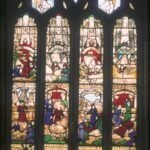
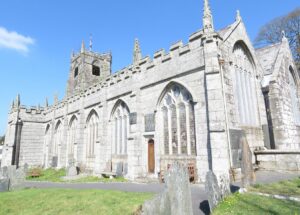
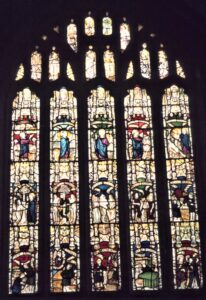
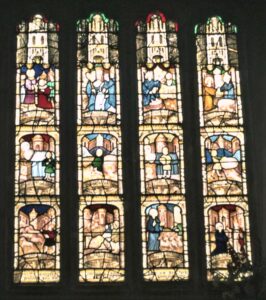
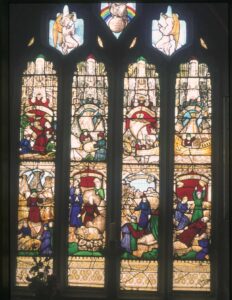
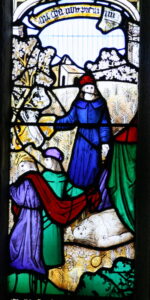
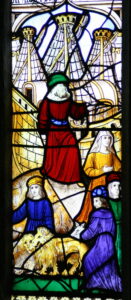
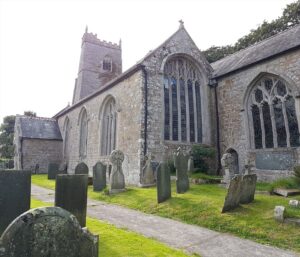
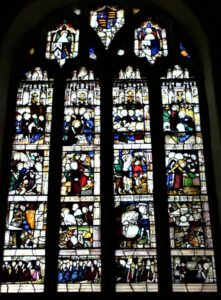
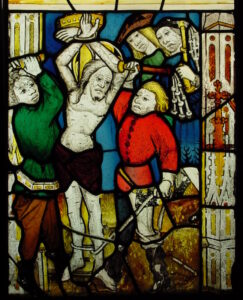
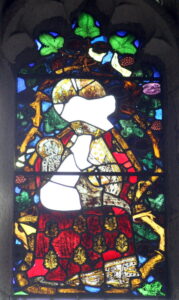
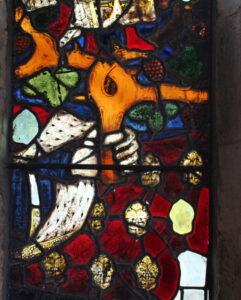
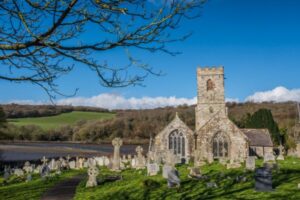
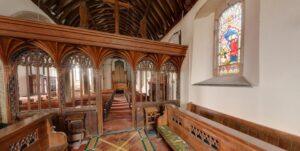
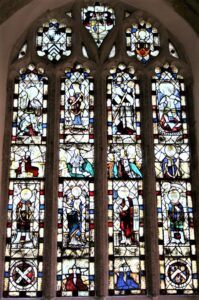
![[25] Voice - Ertach Kernow-161220A - Medieval marvels light up our lives [S] Ertach Kernow- Medieval marvels light up our lives](https://www.cornwallheritage.com/wp-content/uploads/2020/12/25-Voice-Ertach-Kernow-161220A-Medieval-marvels-light-up-our-lives-S-232x300.jpg)
![[25] Voice - Ertach Kernow-161220B - Medieval marvels light up our lives [S] Voice - Ertach Kernow- Medieval marvels light up our lives](https://www.cornwallheritage.com/wp-content/uploads/2020/12/25-Voice-Ertach-Kernow-161220B-Medieval-marvels-light-up-our-lives-S-228x300.jpg)